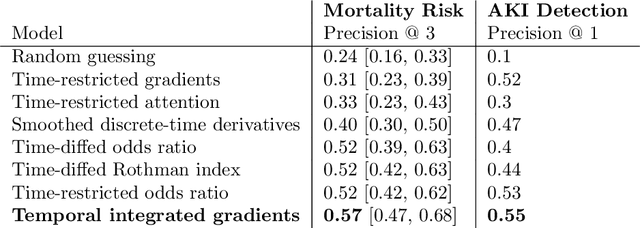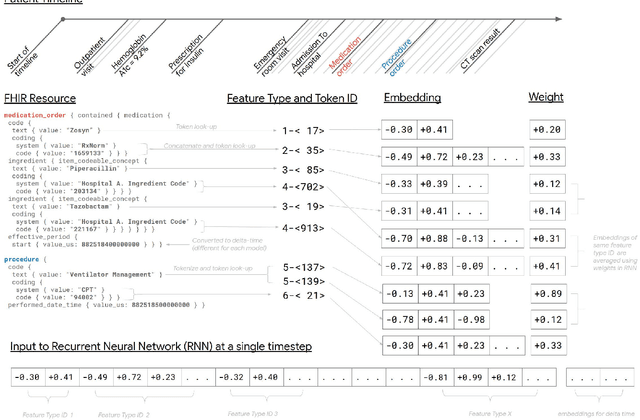Michael Howell
Quantitative Technology Forecasting: a Review of Trend Extrapolation Methods
Jan 04, 2024Abstract:Quantitative technology forecasting uses quantitative methods to understand and project technological changes. It is a broad field encompassing many different techniques and has been applied to a vast range of technologies. A widely used approach in this field is trend extrapolation. Based on the publications available to us, there has been little or no attempt made to systematically review the empirical evidence on quantitative trend extrapolation techniques. This study attempts to close this gap by conducting a systematic review of technology forecasting literature addressing the application of quantitative trend extrapolation techniques. We identified 25 studies relevant to the objective of this research and classified the techniques used in the studies into different categories, among which growth curves and time series methods were shown to remain popular over the past decade, while newer methods, such as machine learning-based hybrid models, have emerged in recent years. As more effort and evidence are needed to determine if hybrid models are superior to traditional methods, we expect to see a growing trend in the development and application of hybrid models to technology forecasting.
Spatio-Temporal Denoising Graph Autoencoders with Data Augmentation for Photovoltaic Timeseries Data Imputation
Feb 21, 2023Abstract:The integration of the global Photovoltaic (PV) market with real time data-loggers has enabled large scale PV data analytical pipelines for power forecasting and long-term reliability assessment of PV fleets. Nevertheless, the performance of PV data analysis heavily depends on the quality of PV timeseries data. This paper proposes a novel Spatio-Temporal Denoising Graph Autoencoder (STD-GAE) framework to impute missing PV Power Data. STD-GAE exploits temporal correlation, spatial coherence, and value dependencies from domain knowledge to recover missing data. Experimental results show that STD-GAE can achieve a gain of 43.14% in imputation accuracy and remains less sensitive to missing rate, different seasons, and missing scenarios, compared with state-of-the-art data imputation methods such as MIDA and LRTC-TNN.
Explaining an increase in predicted risk for clinical alerts
Jul 10, 2019


Abstract:Much work aims to explain a model's prediction on a static input. We consider explanations in a temporal setting where a stateful dynamical model produces a sequence of risk estimates given an input at each time step. When the estimated risk increases, the goal of the explanation is to attribute the increase to a few relevant inputs from the past. While our formal setup and techniques are general, we carry out an in-depth case study in a clinical setting. The goal here is to alert a clinician when a patient's risk of deterioration rises. The clinician then has to decide whether to intervene and adjust the treatment. Given a potentially long sequence of new events since she last saw the patient, a concise explanation helps her to quickly triage the alert. We develop methods to lift static attribution techniques to the dynamical setting, where we identify and address challenges specific to dynamics. We then experimentally assess the utility of different explanations of clinical alerts through expert evaluation.
Scalable and accurate deep learning for electronic health records
May 11, 2018
Abstract:Predictive modeling with electronic health record (EHR) data is anticipated to drive personalized medicine and improve healthcare quality. Constructing predictive statistical models typically requires extraction of curated predictor variables from normalized EHR data, a labor-intensive process that discards the vast majority of information in each patient's record. We propose a representation of patients' entire, raw EHR records based on the Fast Healthcare Interoperability Resources (FHIR) format. We demonstrate that deep learning methods using this representation are capable of accurately predicting multiple medical events from multiple centers without site-specific data harmonization. We validated our approach using de-identified EHR data from two U.S. academic medical centers with 216,221 adult patients hospitalized for at least 24 hours. In the sequential format we propose, this volume of EHR data unrolled into a total of 46,864,534,945 data points, including clinical notes. Deep learning models achieved high accuracy for tasks such as predicting in-hospital mortality (AUROC across sites 0.93-0.94), 30-day unplanned readmission (AUROC 0.75-0.76), prolonged length of stay (AUROC 0.85-0.86), and all of a patient's final discharge diagnoses (frequency-weighted AUROC 0.90). These models outperformed state-of-the-art traditional predictive models in all cases. We also present a case-study of a neural-network attribution system, which illustrates how clinicians can gain some transparency into the predictions. We believe that this approach can be used to create accurate and scalable predictions for a variety of clinical scenarios, complete with explanations that directly highlight evidence in the patient's chart.
* Published version from https://www.nature.com/articles/s41746-018-0029-1
 Add to Chrome
Add to Chrome Add to Firefox
Add to Firefox Add to Edge
Add to Edge